Shadows of Solidity: Bruce Tapola at the Rochester Art Center
Amanda Vail muses on the masterful interplay of wit, easy familiarity, and alienation in Bruce Tapola's oblique sculptures and paintings. You can see this unusual exhibition at the Rochester Art Center through January 27.

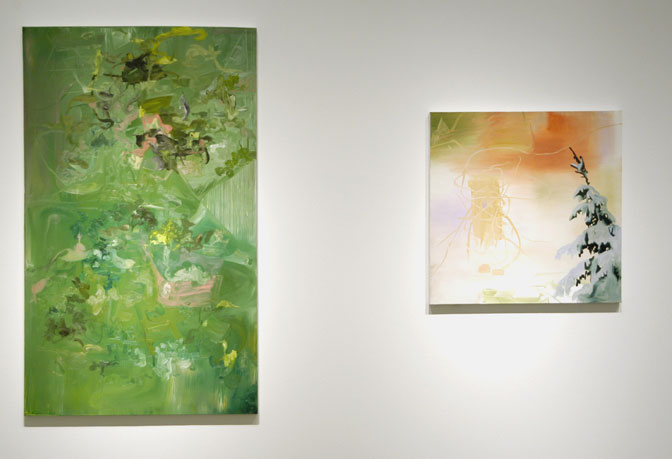
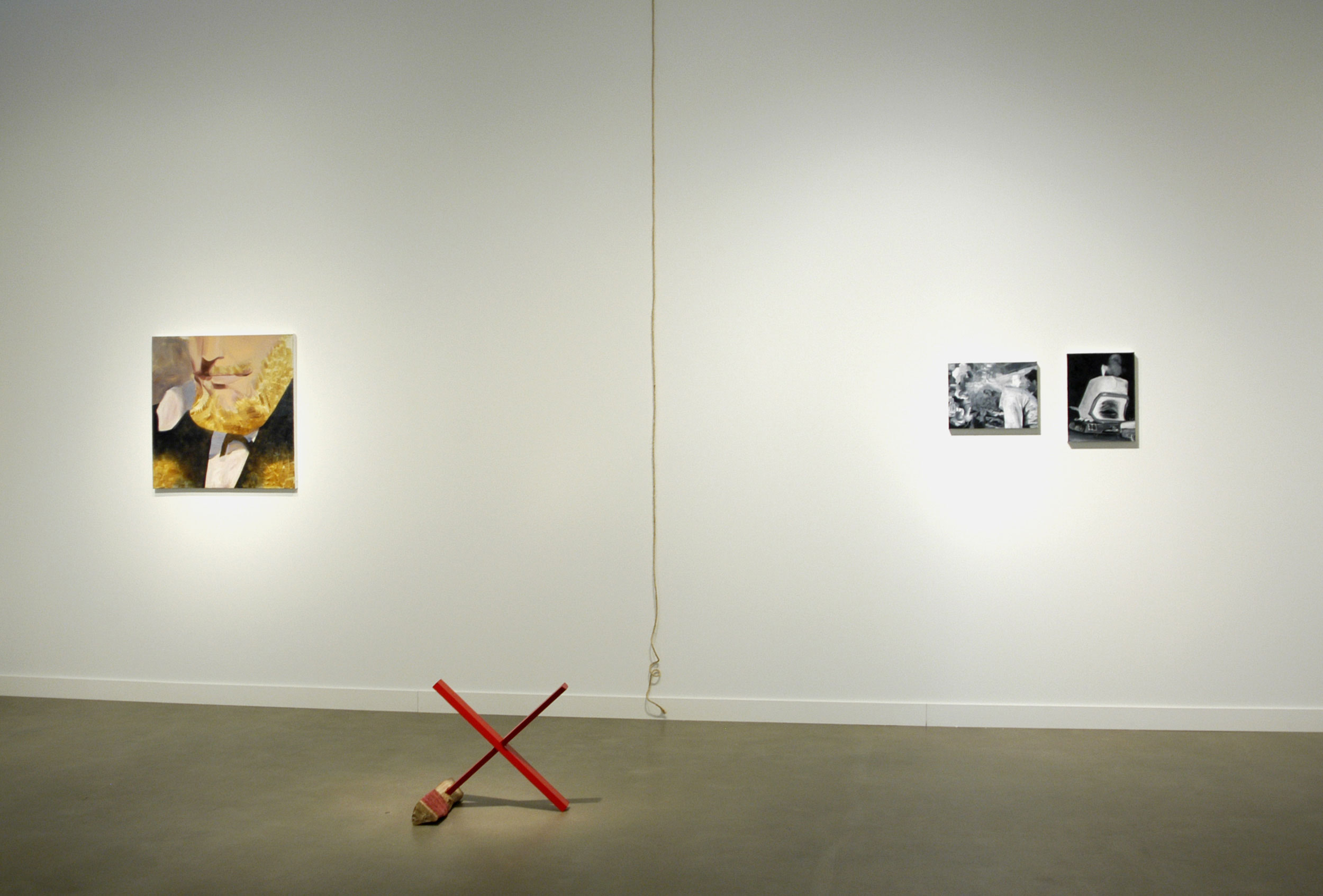
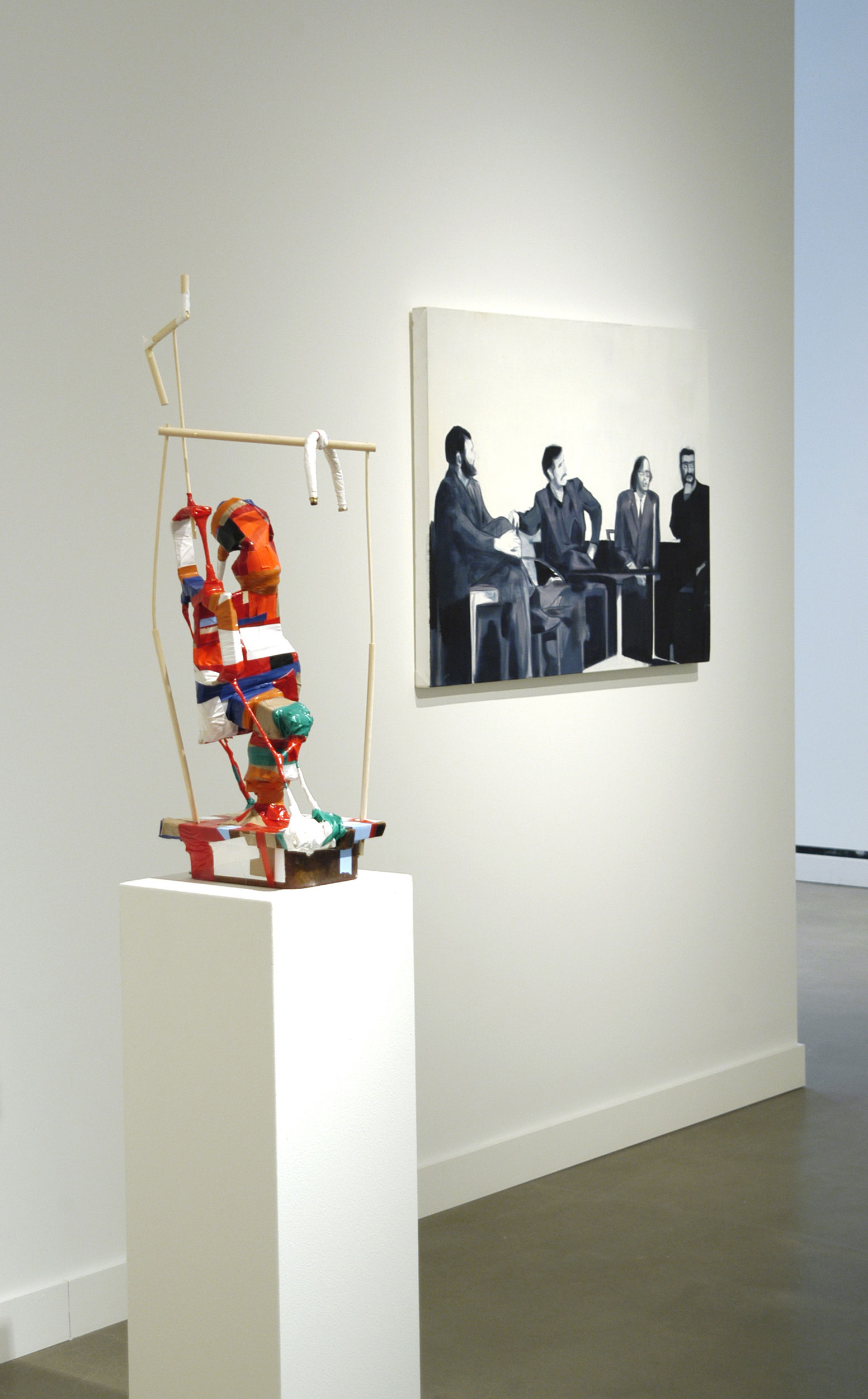
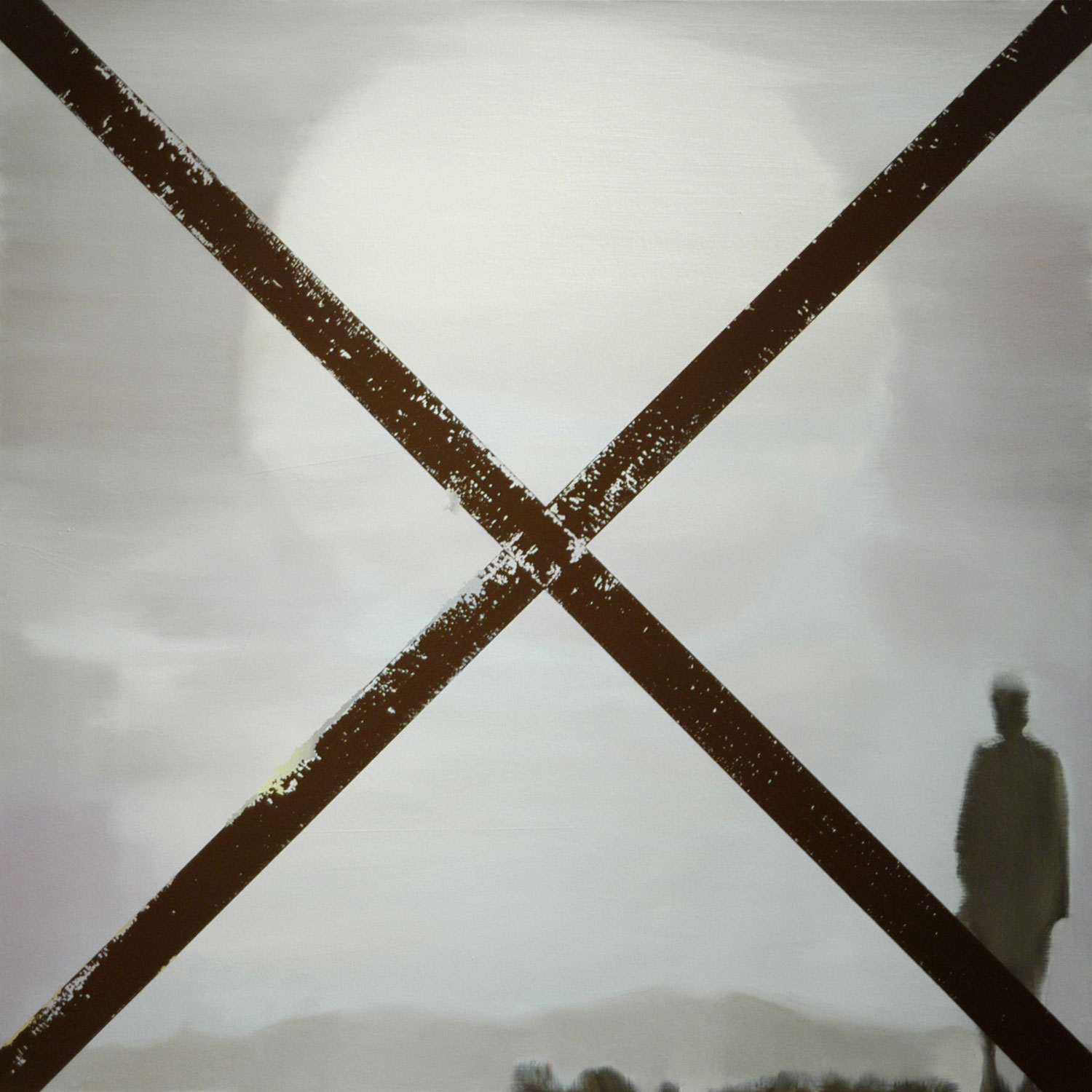
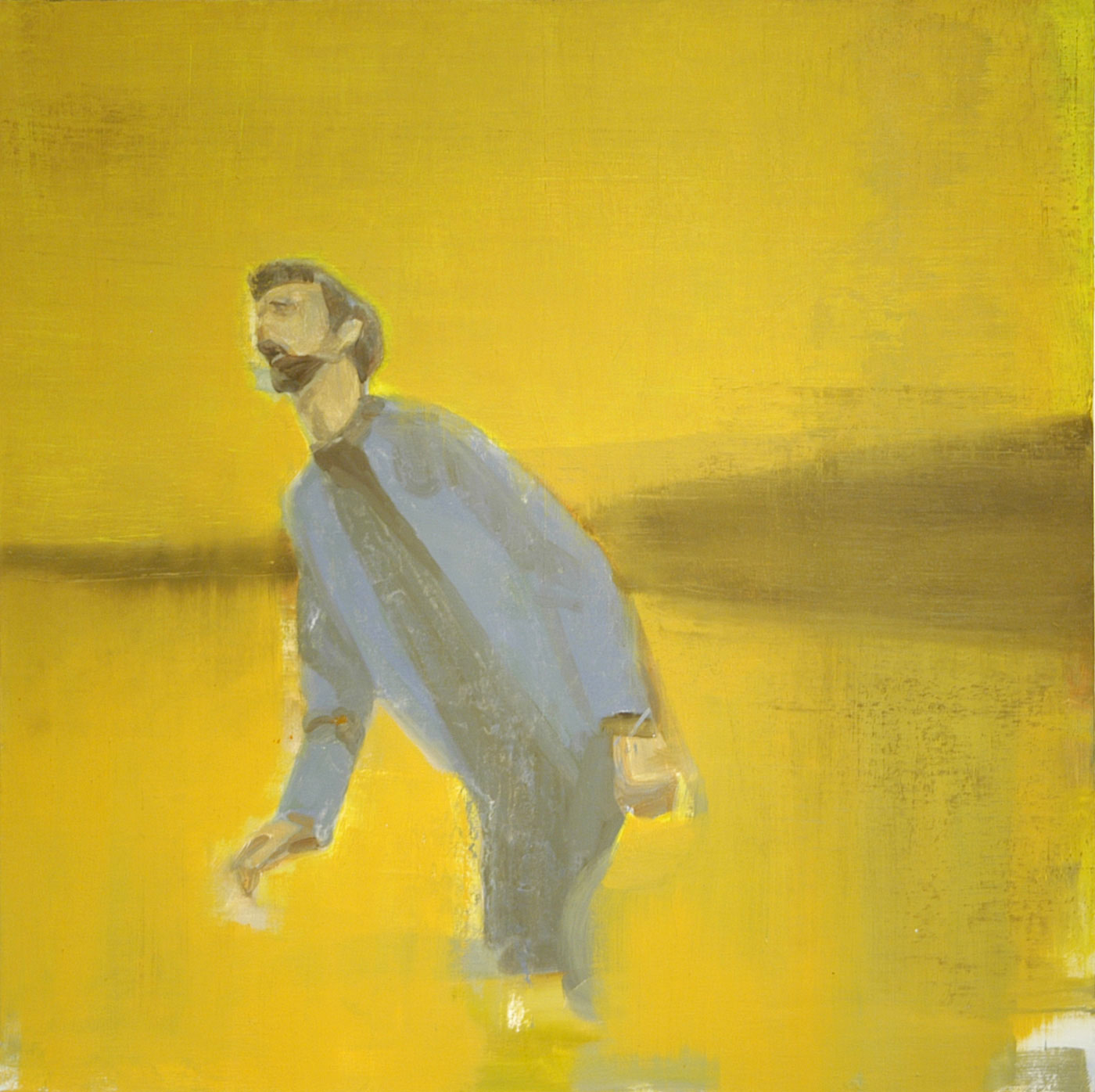
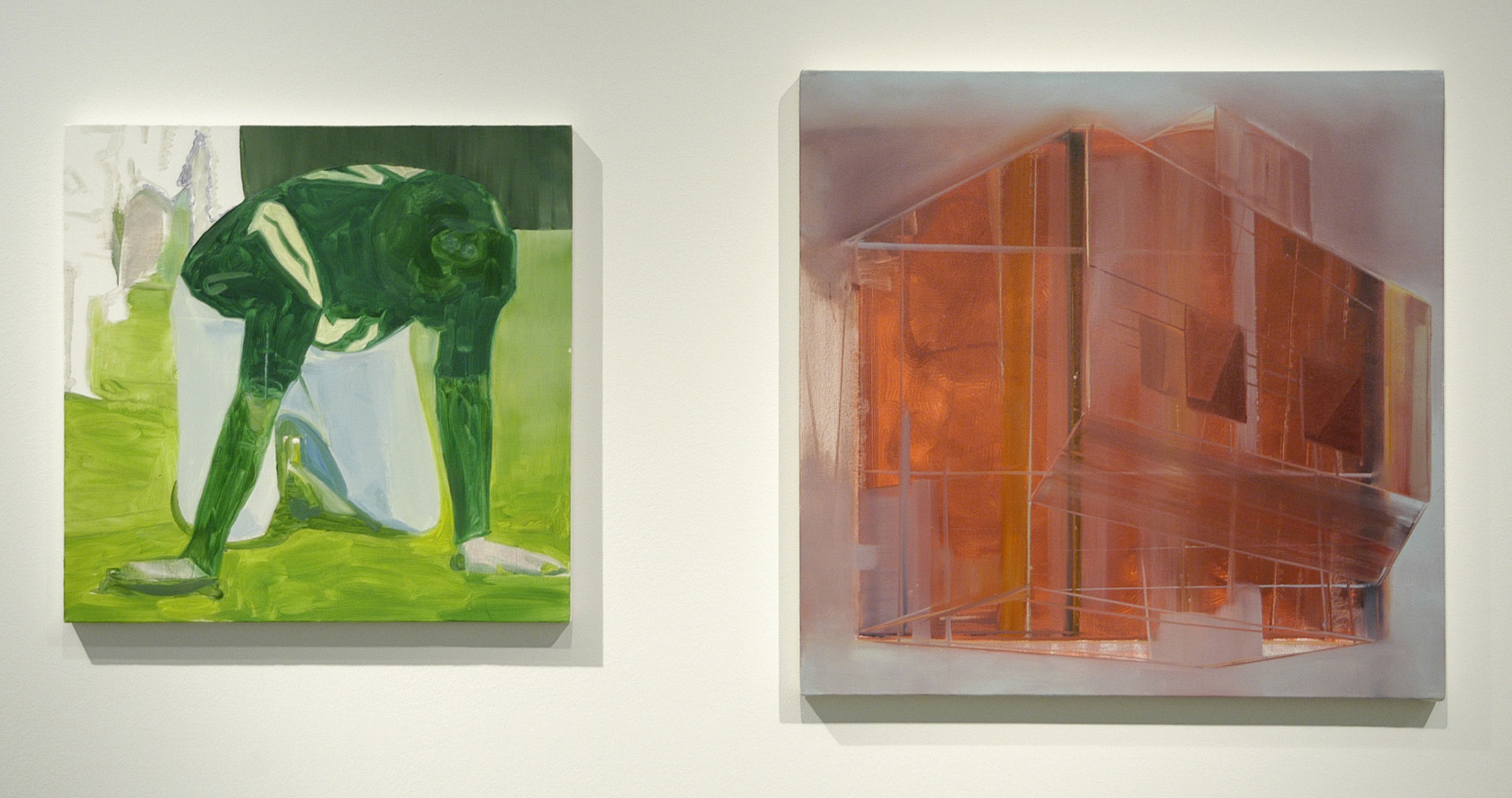

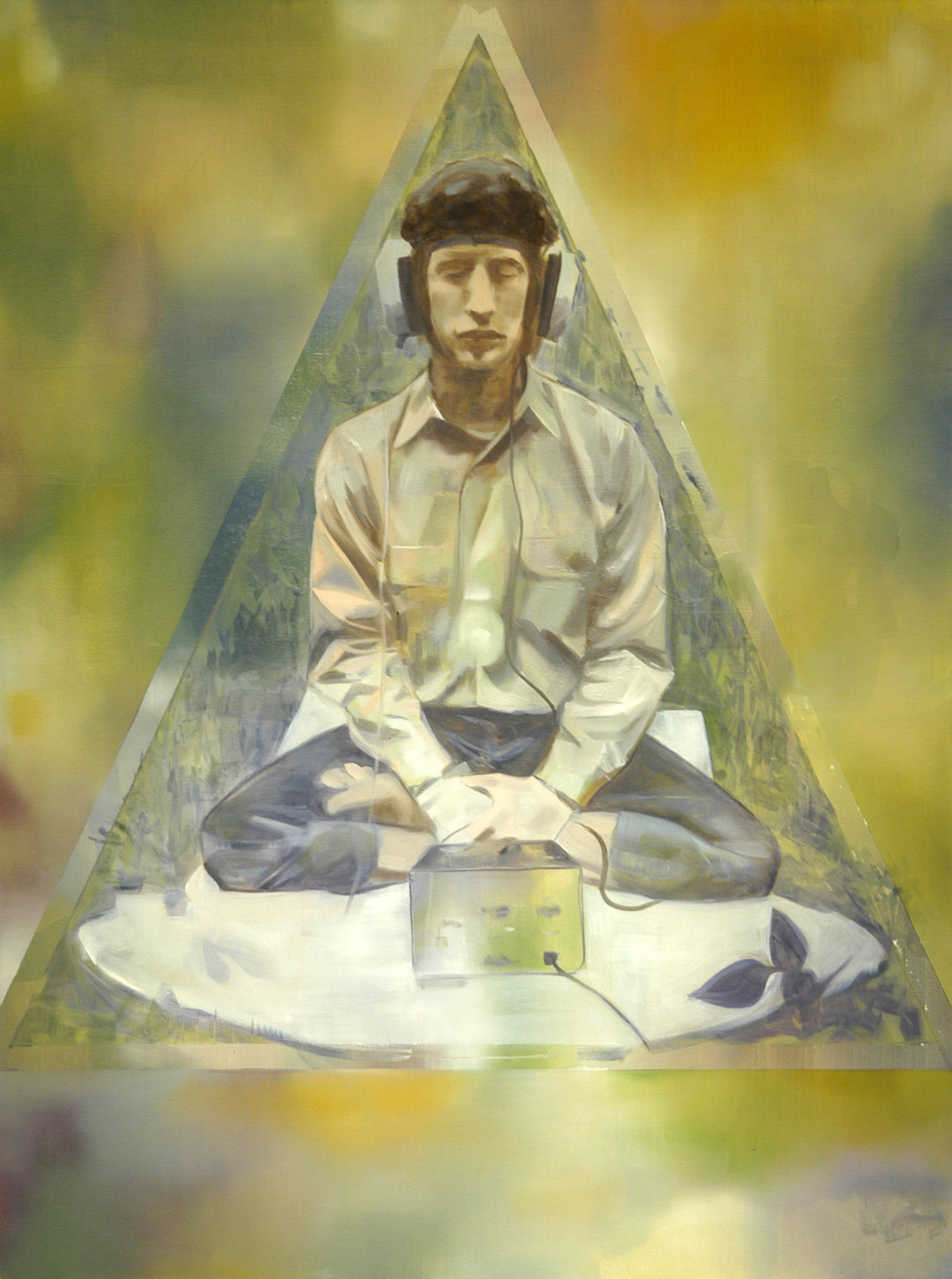
The splendid thing about Bruce Tapola’s exhibition, Paintings for Germans, Sculpture for Snobs at the Rochester Art Center, is that one look simply won’t do. While many of the pieces—his color field paintings with vague humanoid forms or the monotone object assemblages—can be taken in at a glance, the exhibition as a whole demands repeated viewing. Attempting to dissect any one piece can be frustrating, but by wandering the entirety of the show, vague impressions emerge; and, after a while, a fully formed discourse begins to coalesce from those disparate pieces. It is very tempting, in fact, to view the exhibition, not as a showing of Tapola’s separate works from the last few years, but as a single, large installation.
It is not an easy show to simply walk into; the pieces require a bit of effort on the part of the viewer; but making sense of Tapola’s artwork is a pleasant task, aided by the sense of play and happenstance that runs throughout. In the first room, a rope trails loosely over the gallery monolith, down between two paintings. When the viewer eventually gets around to the back side of that wall, the rope turns out to be attached to a small, color-dripping, obscured and lumpy anchor. Some sculptures are wrapped with various colors of duct or electrical tape and constructed with dowel rods, reminiscent of school architecture or science projects. One painting, The Velocity of Dust, depicts what appears to be a wall vent emitting sandy streams of air.
Tapola’s control of his medium is impressive: soft, atmospheric colors combined with sketchy brushstrokes create figures that often fade partially or, even, wholly into the background. The paintings seem quickly, yet deftly, executed; he has avoided the temptation to overwork his pieces. Tapola works largely from photographs, turning the typical clarity of the photographic medium on its head. Images that may have been comprehensible as photos become morphed and flattened by Tapola’s brush. Suggestions of three-dimensionality within his paintings are merely that: suggestions. The paintings are almost like memories—occasionally sharp details or impressions which are surrounded by a scene that is more an ephemeral feeling than a landscape.
Wandering through the exhibit, examining paintings that are two or even three steps removed from their initial subjects, or perusing sculptures that have only oblique and strange references to the human figure, one is struck by a pervasive sense of distance and alienation. Figures are far away or nonexistent, or fading almost completely into the background; some are missing pieces of their bodies or are simplified to the point of being nearly skeletal. Underlying the tongue-in-cheek humor is a strain of uneasiness and a faint thread of Cold War tension.
Tapola has a fascination with retro-futuristic forms: the mid-twentieth century ideas of what the future might be like which were popular during the era of the space race. A number of his paintings, one even entitled Painting from the Future, contain bright, shiny, globular forms reminiscent of colorful, possibly alien, space equipment. These shapes, in contrast to most of Tapola’s human figures, burst out from the background and dominate the landscape. The final piece of the show, Custom Kama Sutra, is an installation set apart from the rest of the gallery. In a nook of the Art Center hallway, Tapola has gathered a conglomeration of diverse objects: globes painted over in red paint; cheap paperback books about aliens and gods; a sleeping, Red Baron Snoopy on a cardboard launch-tower doghouse; a crude, handmade clay head; a red Soviet sickle atop a rough architectural construction, among other objects. The whole assemblage generates an impression of wandering into the workroom of a twelve-year-old boy—albeit a somewhat unnerving, possibly dangerous, twelve-year-old.
One can easily translate Tapola’s Cold War themes to be a commentary on the current political situation and continuing threat of distant, yet threatening, antagonists. Upon examination, however, the perils in his work are closer to home. Tapola does not create dangerous aliens out of distant nations; rather, he shows the distance between the viewer and that which is supposedly familiar. Photos of family, sports heroes, known popular theorists, and artists are transformed, bringing to mind a question: are they really recognizable at all? What is the measure of appropriate interaction in a society where individuals are indistinguishable from the background?
Of course, this is just one thread in an exhibition that can be explored in many different ways. The humor and the uneasiness evident in his work go hand-in-hand, but a certain peace also emerges with them; there is great beauty in the details of Tapola’s media. It is precisely this balance which rewards the viewer and keeps the pieces in mind long after exiting the exhibition.
About the writer: Amanda Vail writes on art from a background of sculpture and museum work.
What: Bruce Tapola: Paintings for Germans, Sculpture for Snobs
Where: Rochester Art Center, Rochester, MN
When: Exhibition runs through January 27, 2008
General admission is $3